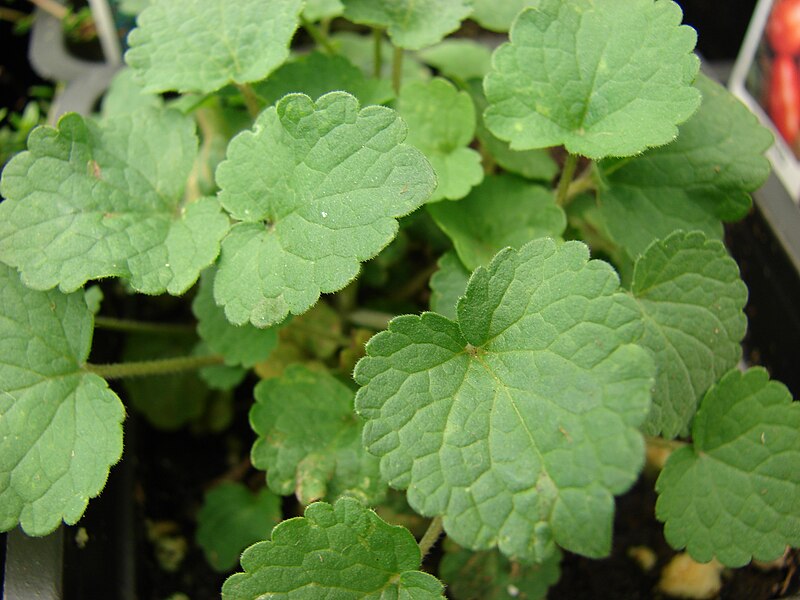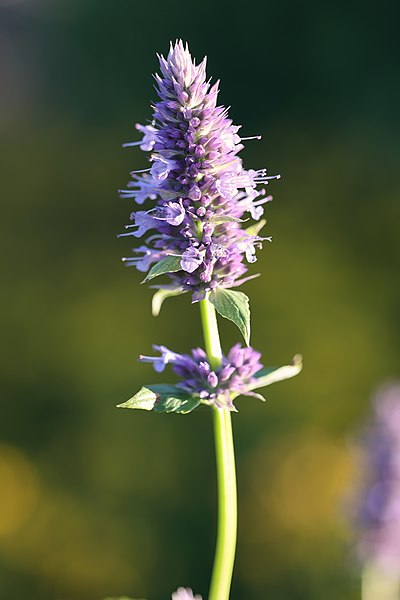Anise Hyssop Identification – Agastache foeniculum
Heads up
Anise Hyssop, scientifically known as Agastache foeniculum, is a plant with unique features and benefits. You might have heard it being called by its other name, Lavender Hyssop. Anise Hyssop belongs to the Lamiaceae family, which is commonly called the Mint family. It has a distinctive minty trait, especially noticeable in its stem.
Anise Hyssop: Key Parts in Photos



Where to find it
This plant is native to North America. If you’re wandering through nature, you might spot it thriving in areas with partial shade or even full sunlight. Look out in dry fields or deciduous woods – woods where trees shed their leaves every autumn. Anise Hyssop can grow pretty tall, up to 5 feet. It’s known to attract bees, butterflies, and birds.
How to identify Anise Hyssop
One of the standout features of the Anise Hyssop is its flower. The flowers have a tubular shape. These tubular flowers bunch up to form what’s called a spike cluster. Picture a thick collection of light blue to violet flowers. Not every flower on this spike blooms at the same time, and sometimes, there might even be small gaps between them. Each flower is roughly 1/3 inch long and has four long stamens.
The leaves of the Anise Hyssop can grow up to 4 inches long, have a rounded base, and end in a pointed tip. They are simple and grow in pairs, directly across from each other on the stem. Have you ever touched a plant and noticed it feels a bit rough or has tiny hairs? Anise Hyssop’s leaves have this feature, especially underneath where they’re grayish and covered in fine hairs. And remember the minty trait we mentioned earlier? The stem is square-shaped, a classic characteristic of the Mint family.
